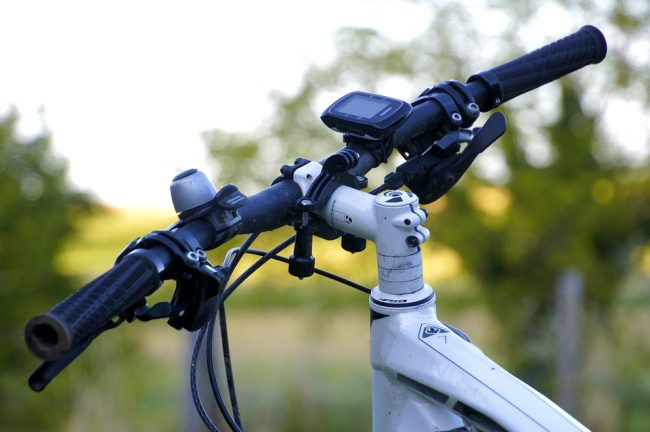The evolution of mountain biking and its specialization in various disciplines have also changed the form and size of the handlebars.
Today, for every discipline, there is a perfectly designed and adapted handlebar for the purpose.
The main features of the mountain bikes handlebar are:
- Width – a wider handlebar offers greater bike stability even at high speeds. The wider ones reach up to 780-800 mm and are used in dissection disciplines such as downhill, freeride and cross country.
Usually the increase in the handlebar width corresponds to a reduction in the length of the stem. - Diameter – or the outer diameter of the handlebar, in the central part, the one most subject to breaking. Increasing the diameter increases the resistance. On the market you can find handlebars from 31.8 mm (Cross Country and All-Mountain) up to 35 mm (Downhill and Freeride).
- Rise – means the height between the handlebars axis (point 0) and the knobs. This is always a positive difference or equal to 0. It varies depending on the height of the saddle and the driving position you have chosen. The longer the lift is, the driving position is closer to the seat and therefore offers more stability.
Flat bar (10 mm di rise)
Low Rise (11-30 mm)
Riser (+ di 30 mm) - Angles – the handlebars angle, that is, the distance between the ground and the end of the handlebars, greatly influences the rise. Typically, the positive angle (upsweep) varies between 0 ° and 9 ° while the negative one is often 7 °.
Obviously none of these measures are fixed, however, the bike must be adjusted on the athlete’s body and on its needs.
